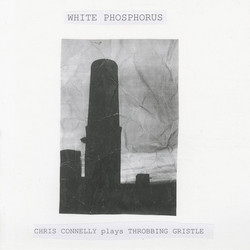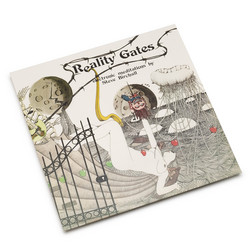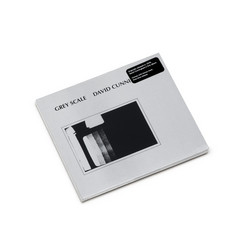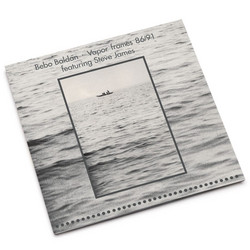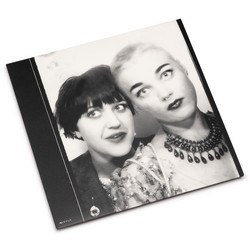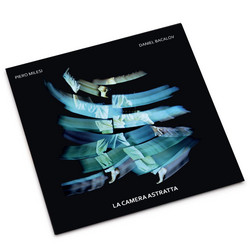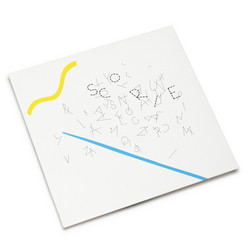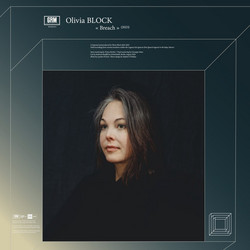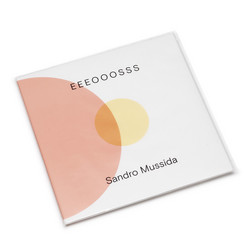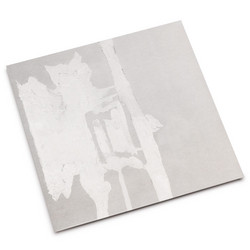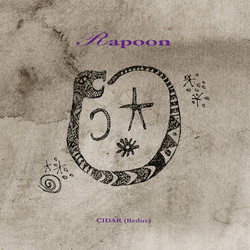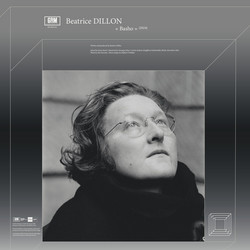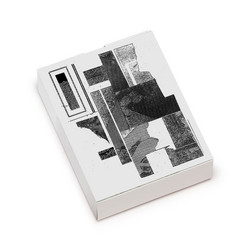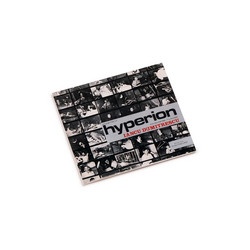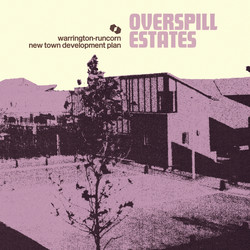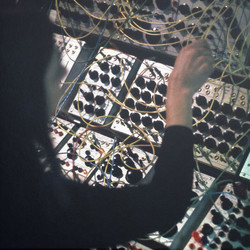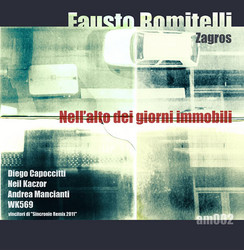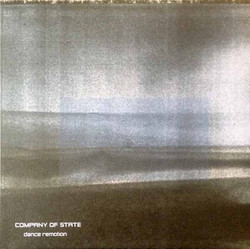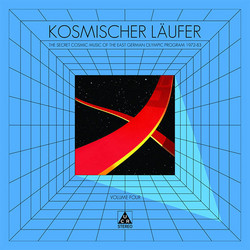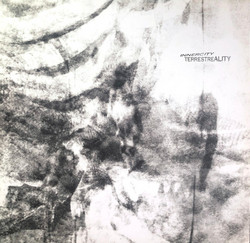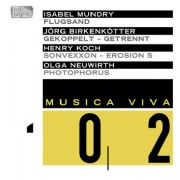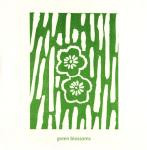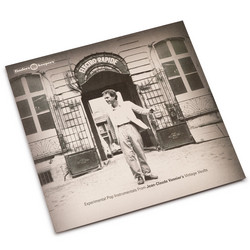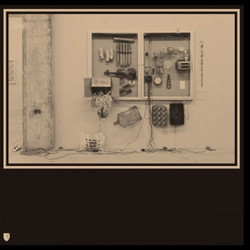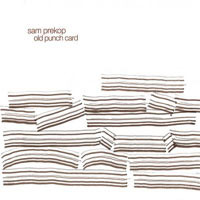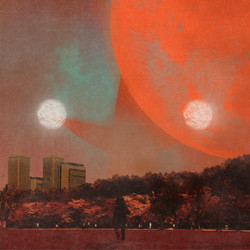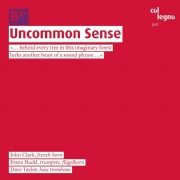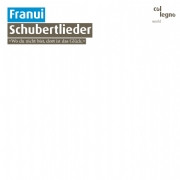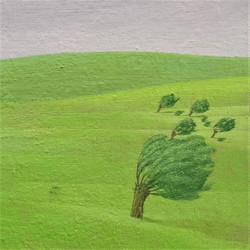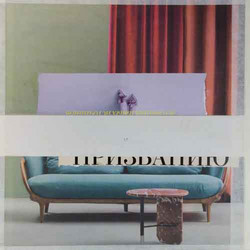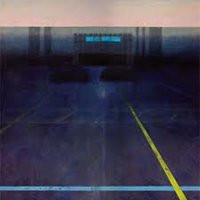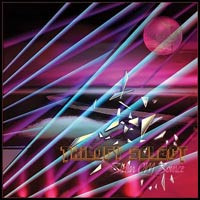A sensational LP... That's it! A A creative collaboration between italian composer Riccardo Nova and belgian Ictus Ensemble: Riccardo Nova concentrated on the art of the ‘drone’, on the dividing line between certain works of contemporary music (such as those of the composer Giacinto Scelsi) and trance rock, a hypnotic music consisting of long, sustained compact chords with an expressive incantatory power. At that time, Nova systematically combined parts for acoustic instruments with a ‘mirror-image’ of them recorded beforehand, which he manipulated until they were saturated and overloaded. His work took a new direction as a result of his encounter with traditional Indian music, and especially Carnatic music, but it did not lose its individual character. In the Tamil language, ‘Carnatic’ means ‘traditional’ or ‘original’, and alludes to the authenticity of the musical tradition of Southern India, which remained unaffected by Persian influences.
One of the instruments most often used in Carnatic music is the mridanga, a double wooden drum stretched with leather, one side of which produces a deep tone (the thoppi) and the other, narrower side a metallic, clattering sound (the valanthalai). One of the most typical features of Carnatic music is its exceptional rhythmic virtuosity, which in most cases is handed down by oral tradition and presents a real challenge to Western musicians in terms of complexity and coding (how can one note it down?). Indian rhythms are not conceived in terms of ‘beats’ or ‘bars’, but in ‘cycles’ called tala. The tala cycle can be long and complex.
One of the striking features of this music is that a rhythmic formula can be played at several speeds in succession, as if it were elastic, whereas in fact it is attuned to the same unique pulsation (highly stimulating rhythmic playing often used by the jazz musicians of Aka Moon). In addition to its rhythmic vitality, Indian music is characterised by exceptionally refined intonation. The division of the octave into numerous intervals, called shrutis (which are more numerous than the twelve semitones in the West) enables a broad ranger of scales (modi) to be constructed, each of which has its own expressive characteristics.
Co-produced with Sincronie - Edition of 300 copies - -180 grams
